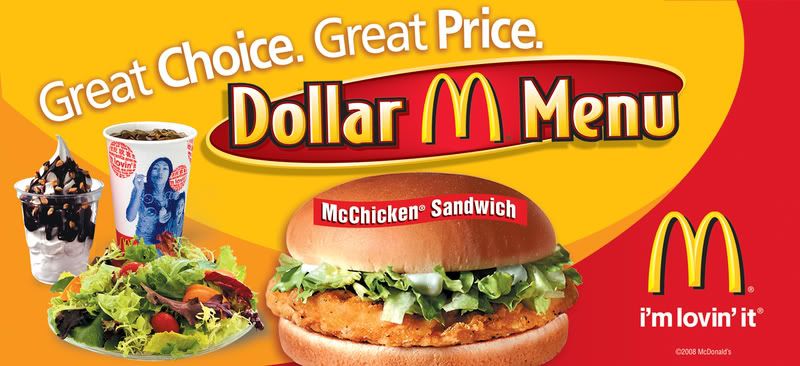
http://www.cbsnews.com/stories/2008/11/20/earlyshow/health/main4619978.shtml
Two-Thirds of Americans are already considered to be overweight. But as the economy continues to rollercoaster, dieticians anticipate an increase in this number. The reasons? Finances and emotional eating. Prices at the grocery store have risen, and healthier foods are even more expensive. Who's gunna spend $10 on produce to make a few salads when you can buy Celeste frozen pizzas for a dollar each? What some people get for three salads, others get ten. Who cares about the nutritional benefits? "For instance, McDonald's recently reported strong third quarter sales, but nutrition experts worry more consumption of fast food in general may lead to more weight gain and resulting health problems." This is also going to be a financial burden on the economy. The increase in the need for medical attention is going to strain hospitals, medicare, medicaid, let alone the economy. Stress eating is only going to cripple our already disabled economy. Another factor: people have begun to transfer their feelings into food. The more stress, the more emotional eating. People are leaning on food for emotional comfort. Just the depressing news can trigger emotional eating. Many people can't distinguish the relationship between their friends Ben and Jerry and their increasing waistline. The saddest part: everyone blames the stress from the economy.
So what is our society to do? We have no personal responsibily and blame our issues on the government. Many of us are not self-efficient enough either to take care of our health. We'd rather deal with the consequences later. But is this obesity epidemic going to stiffle our economy for the next fifty years because of health care demands? We need to address the issue now and fix it quickly.









